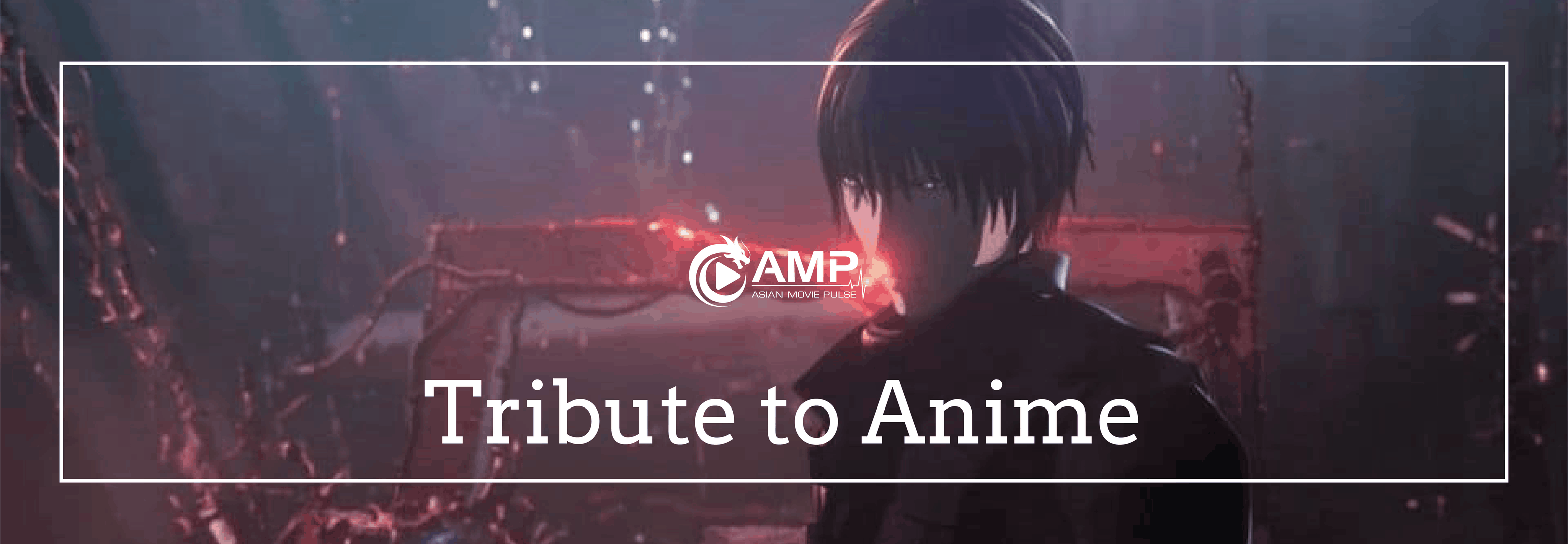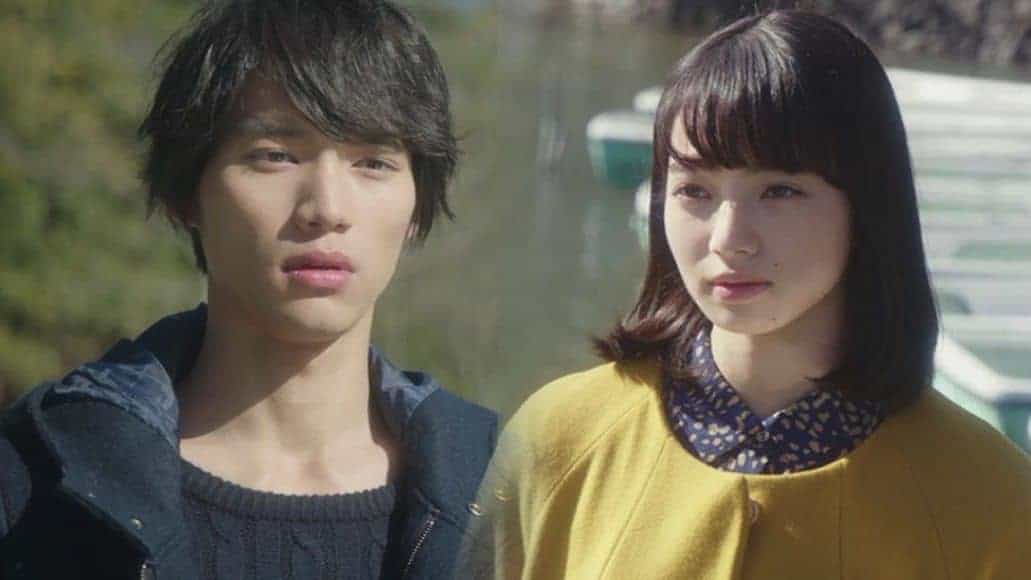Considering how bad the first season was, the only question regarding the second one was if it would continue in the dumped-down, blind-action oriented style of the first one, or if a space for improvement actually existed in the last installment of the iconic franchise. The answer is that the new season is better, but not better enough. Let us take things from the beginning though.

PSS9 hears of a Russian cyberbrain engineer named Kukushkin claiming to have knowledge about the Posthumans' code while seeking asylum in India. Kukushkin is poisoned with polonium by a Russian assassin before the group can save him, but the autopsy shows the corpse was a robotic body double. Motoko tasks Batou and Purin with finding the real Kukushkin. As the two search his room, they stumble upon a Posthuman woman named Suzuka Mizukane, who becomes one of the main villains in this season. A bit later, the disappeared Togusa comes back from a reality that seems alternate, where he learns about N, a mysterious cult, while the Tachikomas are researching Purin's past. Eventually, another character, Takashi Shimamura, emerges as the mastermind of all what is happening, while the group ends up in a fight against an army in the reconstruction site of Tokyo.

Let us begin with the four most obvious issues here. The script does not make any sense as a whole, both due to bad writing, but also because there is no room for the story and the new characters to develop properly. This brings us to the second issue, since there is no way to empathize with the protagonists, even if Batou gets a slight arc, through his relationship with Purin, which actually adds an appealing level of drama in the story. The reason for these two faults, and the third major issue, is that the title is intensely action oriented, with the battles following one another, in the dumb-down, intricacy-and-depth stripping style of the first season that makes it obvious that the title is now addressed to blockbuster fans. Lastly, CGI animation, even if in this case is of the highest level, will never reach the levels of hand drawn anime, particularly in the way the characters move.
That being said, and in contrast to the first season, there are some contextual pros here. For starters, the aforementioned relationship between Batou and Purin, which adds a bit of context to the characters. Secondly, the concept of human evolution as much as Togusa's arc, which present some interesting remarks throughout the season. Thirdly, and in dramatic terms, the way the group suffers intently during the battles adds even more drama here, in a rather appealing element. Fourthly, the drawing, particularly in the level of detail, and the coloring are top notch, as exhibited in the Tachikomas for example, while the backgrounds are usually exquisite. Lastly, the action scenes, although too many and somewhat repetitive, are quite impressive, with the battles with the Posthumans, the ones while racing, and the final one being the apogee of this trait.
The creators of “Ghost in the Shell: SAC_2045 Season 2” seem to have a better idea of what they wanted to do with the series, which results in a part that is definitely more interesting than the first one. Still, though, the contextual intricacy of the previous installments is nowhere to be found, and the dumbed-down approach is evident throughout, essentially deeming the title one only addressed to people who have no clue of the original.















